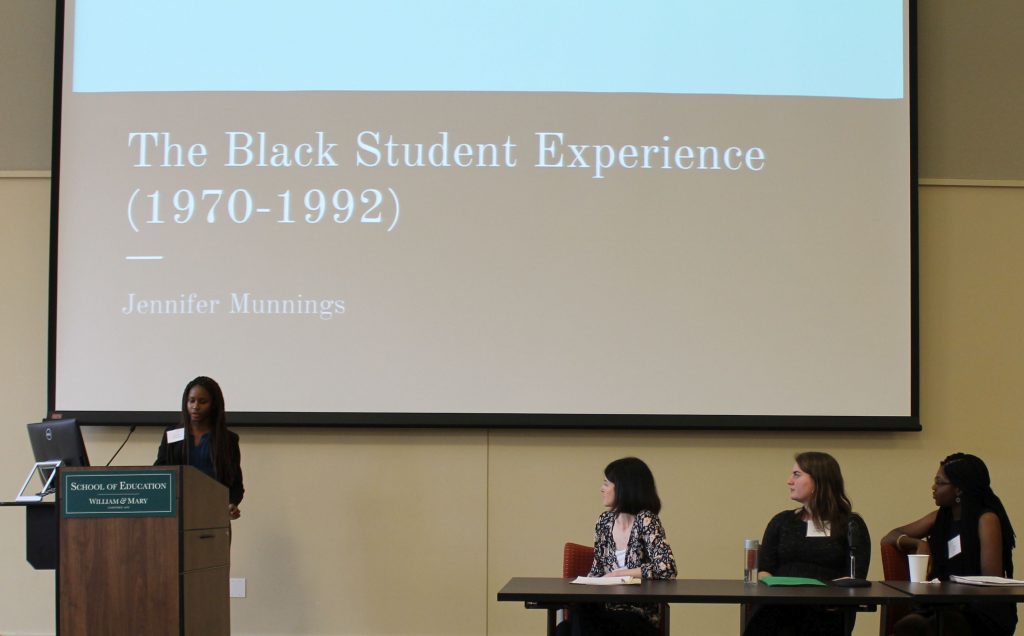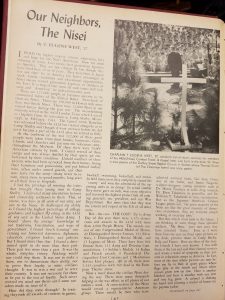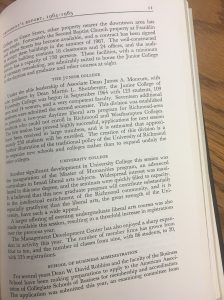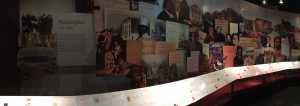 On March 16, 2018, five undergraduate students who have worked with the Race & Racism at the University of Richmond Project had the opportunity to present at the Lemon Project Symposium at the College of William and Mary. The panel, entitled “Seeing the Unseen and Telling the Untold: Institutions, Individuals, and Desegregating the University of Richmond,” was moderated by Dr. Nicole Maurantonio and featured Dominique Harrington, Madeleine Jordan-Lord, Elizabeth Mejía-Ricart, Jennifer Munnings, & Destiny Riley. Below you will find the text and slide images of Jennifer Munnings’s presentation, focusing on the research she conducted as a 2017 A&S Summer Research Fellow with the project. Click here to read more of her writing from last summer, and here to explore the exhibit she and her teammates created, “The Black Student Experience at UR (1970-1992).”
On March 16, 2018, five undergraduate students who have worked with the Race & Racism at the University of Richmond Project had the opportunity to present at the Lemon Project Symposium at the College of William and Mary. The panel, entitled “Seeing the Unseen and Telling the Untold: Institutions, Individuals, and Desegregating the University of Richmond,” was moderated by Dr. Nicole Maurantonio and featured Dominique Harrington, Madeleine Jordan-Lord, Elizabeth Mejía-Ricart, Jennifer Munnings, & Destiny Riley. Below you will find the text and slide images of Jennifer Munnings’s presentation, focusing on the research she conducted as a 2017 A&S Summer Research Fellow with the project. Click here to read more of her writing from last summer, and here to explore the exhibit she and her teammates created, “The Black Student Experience at UR (1970-1992).”
Jennifer Munnings is a rising junior at the University of Richmond double majoring in Sociology and Political Science with a minor in Women, Gender, and Sexuality Studies. She is from Nassau, Bahamas, and attended high school in New York. She was a research fellow during the Summer of 2017 for the University of Richmond Race & Racism Project where she created metadata for archival materials, wrote blog posts for the project, and collected oral histories and stories at the unveiling of the Maggie Lena Walker statue.




